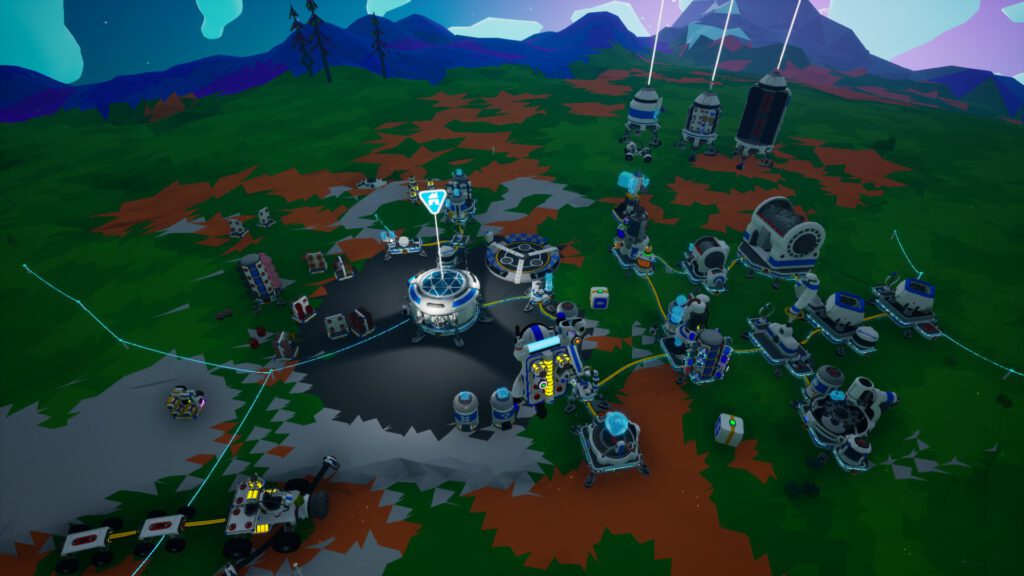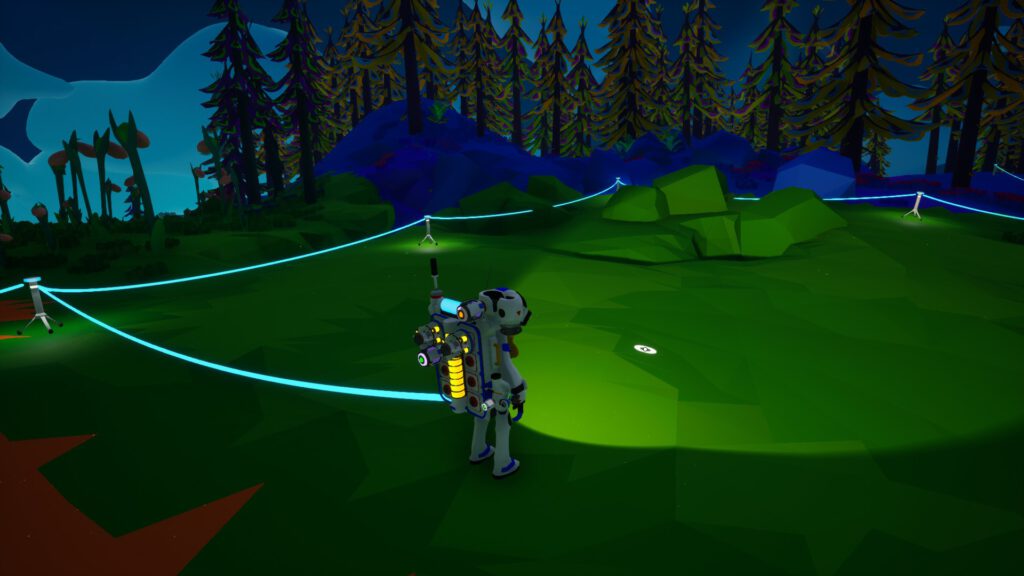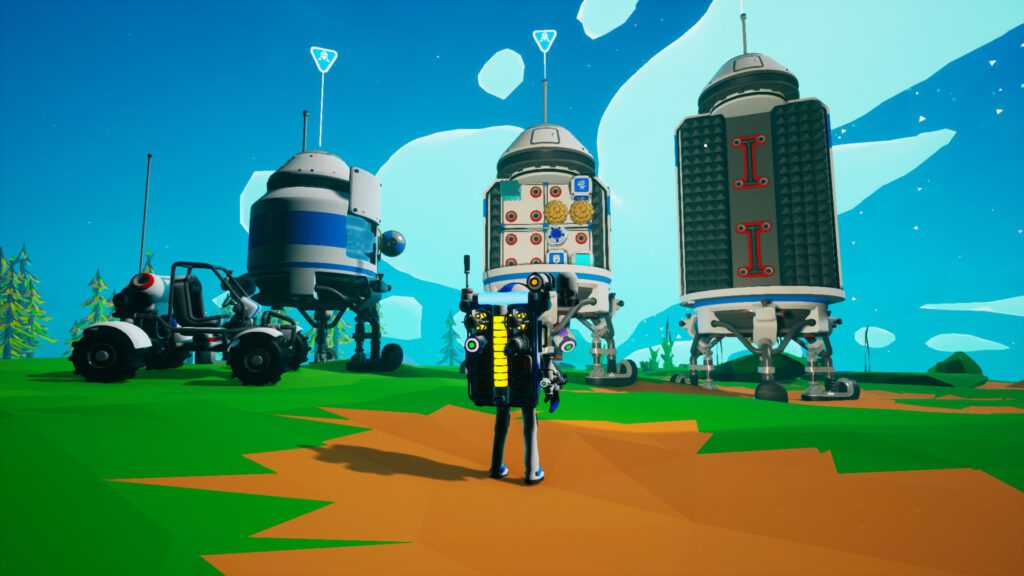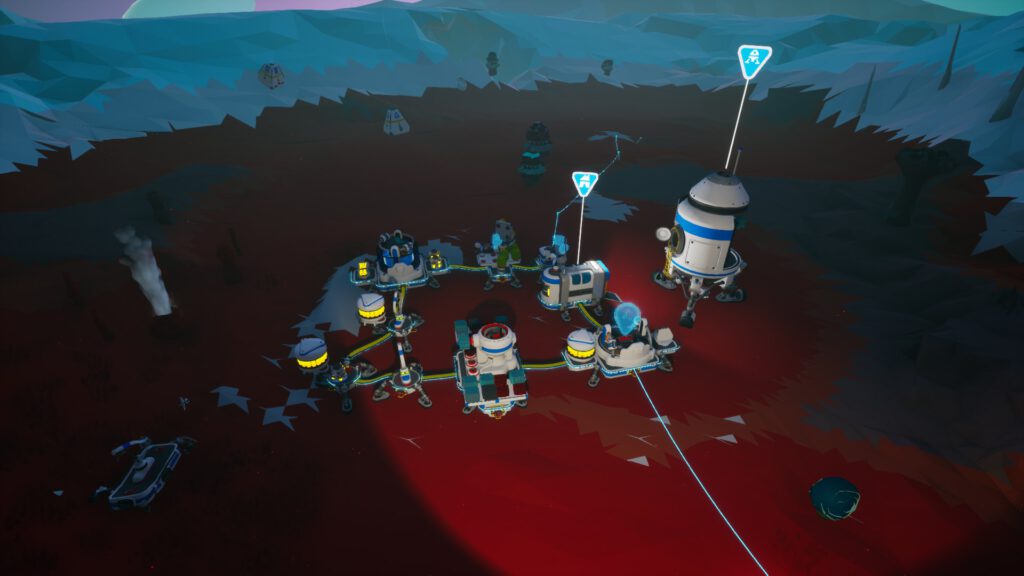Death Trash is an Action RPG created by Crafting Legends that was released on August 5th 2021 in Early Access on Steam. The player gets to control a character who was exiled from a sheltered colony and released into a barren wasteland. This whole premise feels pretty close to the Fallout games with the distinction that the horrors of nuclear war where simply replaced by grotesque meat abominations. Does this make for a good game? Let’s find out.
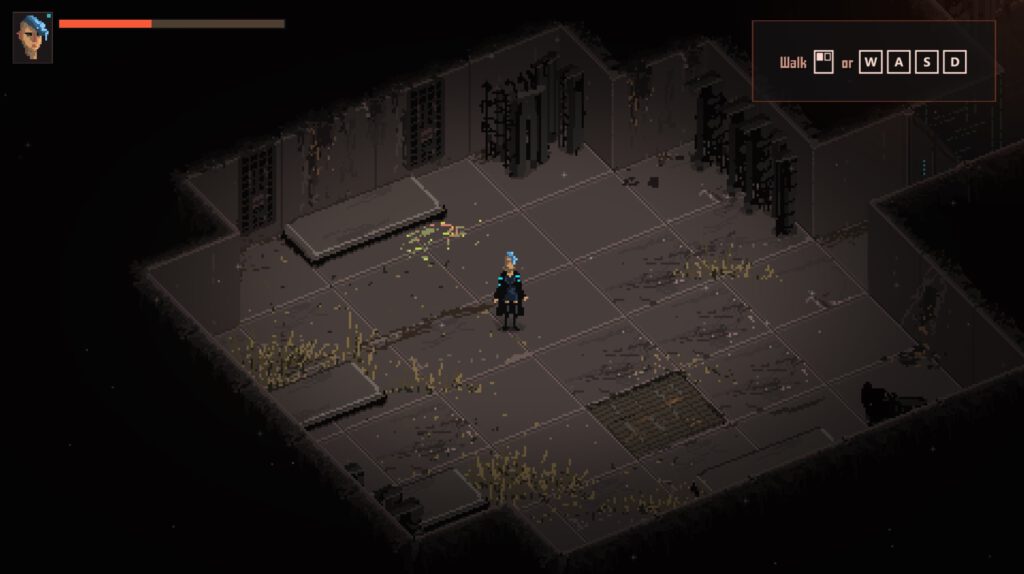
The game starts off with a short and simple intro sequence that could have used a voice actor. It proceeds with a character creation screen. I was never a fan of picking stats at the beginning of the game as it is absolutely impossible to know which stats and skills are important and which are not. This kind of game design was carried over from pen and paper role playing games and just forces bad decision making by new players.
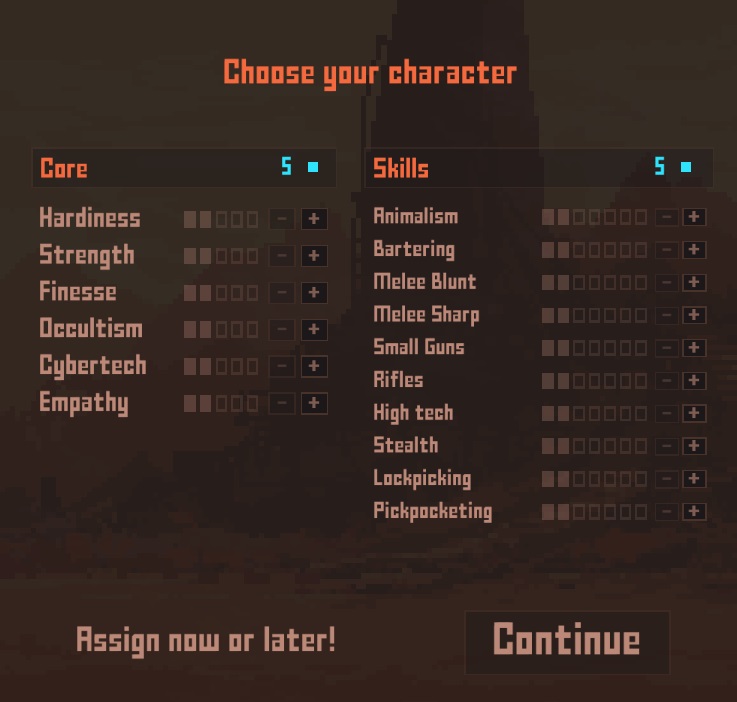
The game continues with an optional and very short tutorial but let’s you completely off the leash after a couple of minutes. That’s pretty cool. You stumble into your first quests by talking to nearby NPCs and visiting nearby locations. These locations can be reached by traveling on a world map.
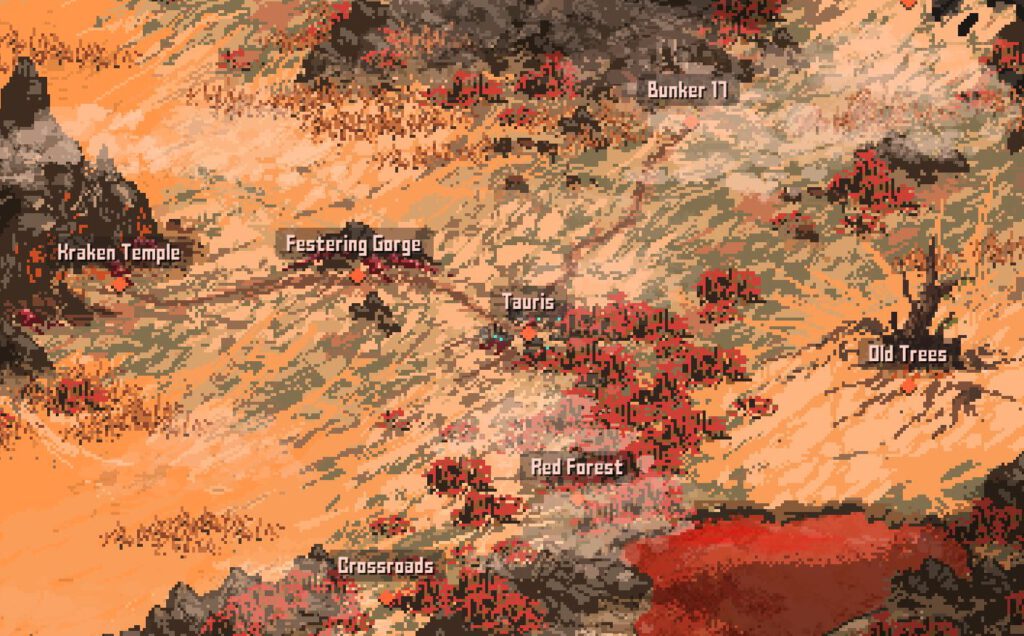
The basic combat mechanics are pretty easy to learn and the fights have a very pleasant learning curve. Melee and ranged weapons seem to be equally important as you would need way too many bullets relying on ranged weapons only. There is some sort of cyber-magic too that lets you stun and burn enemies or summon meaty allies to the fight. The additional abilities complement the fighting system very well. The number of weapons, armor pieces and abilities feels already generous given that the game is still in Early Access. The game did not do a very good job explaining when to use the different weapons types though. I have yet to understand when the different weapon types work best.
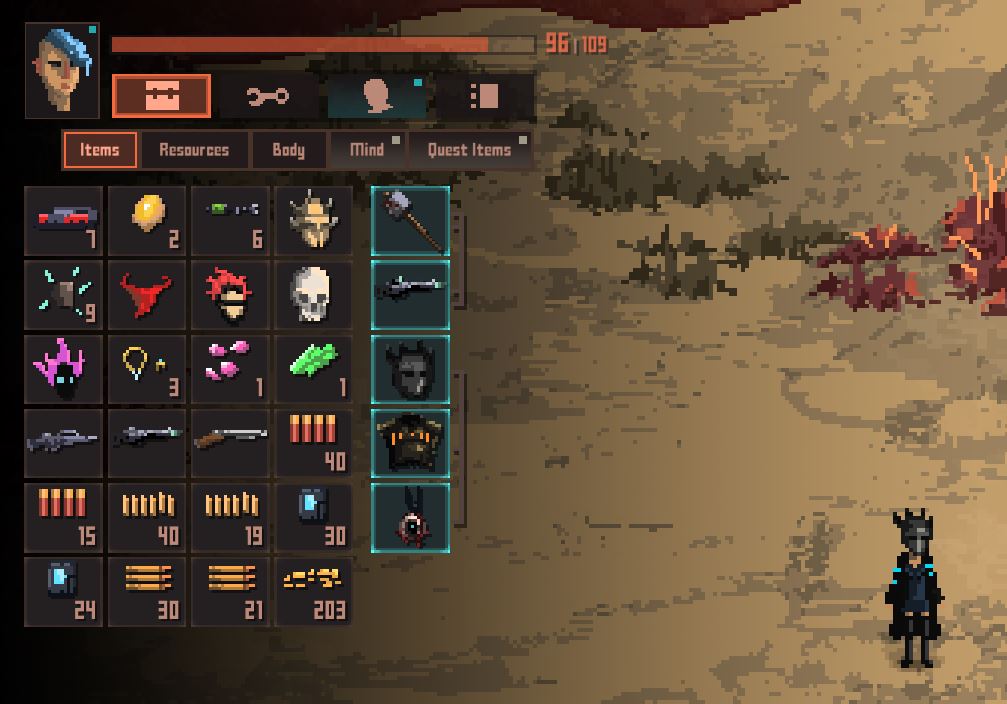
There is a stealth element to the game that allows you to sneak up on enemies and to potentially kill them without any resistance. This is especially fun with exploding enemies as this allows you to take out smaller groups with a single hit. It seems that the game is even designed in a way that lets you circumvent some fights completely. However, skipping out on experience points or loot does not sound very entertaining outside of a pacifist run.
The dialogue with the NPCs does not feature interesting decisions yet. Most conversations revolve around accepting or closing quests. Empathy is a speech attribute that offers you additional dialogue options. However, it is currently implemented in a way where it lets you skip quests instead of offering you something interesting which does not seem fun at all.

The main quest ended around two hours with a work-in-progress notification. Exploring the rest of the map took another three with some parts of the world not being accessible yet. The current version of the game features over 20 locations. Some of the locations were closed off by locked doors that could not be opened. The next content update might be able to provide the necessary key. The further I traveled, the more I was presented with the need to come back later. However, at the very edge of the map I encountered two very interesting boss fights.

This game is a lot of fun. I did not encounter a single significant bug in my +6 hours of gameplay. I already can’t wait to give it another go when it’s done. However, the game at it’s current state was in development for 6 years. This might be an indicator that this title won’t be leaving Early Access in the next one.
4/5 – Hope this helps.
